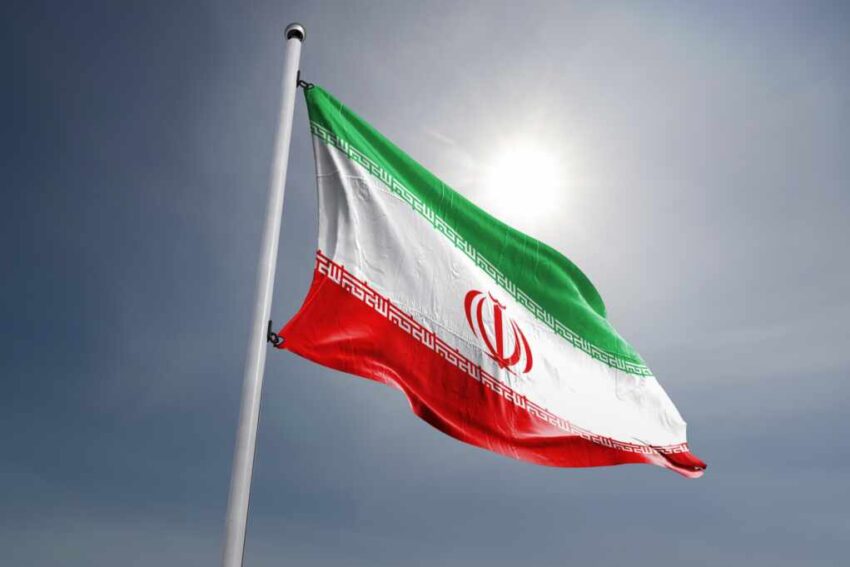Iran’s Supreme Leader has threatened an unprecedented retaliation if Iran faces another military strike, a declaration that now haunts every Israeli war room and Pentagon briefing.
At a Glance
- Iran’s Supreme Leader vows a response surpassing the last war if attacked again.
- The 2025 Iran-Israel war ignited with direct military strikes and ended in a fragile ceasefire.
- The U.S. intervened militarily for the first time, striking Iranian nuclear sites.
- Regional proxy groups have suffered severe losses but remain a latent threat.
- The Middle East faces ongoing volatility with both sides on high alert.
Direct Strikes Shatter the Proxy Game
The simmering Iran-Israel conflict exploded into full-scale warfare in June 2025 when Israel launched Operation Rising Lion, directly targeting Iranian nuclear facilities and military infrastructure. Tehran’s swift and brutal counterstrike—featuring missiles and drone swarms—proved that its military rhetoric was no bluff. Within 48 hours, the battlefront expanded beyond traditional proxies, with Iranian forces engaging directly and targeting Israeli assets with an intensity not seen before.
Watch a report: Khamenei’s post-war address
The most shocking turn came when the United States shattered its own red lines by launching Operation Midnight Hammer, bombing Iran’s nuclear infrastructure. Washington’s overt military involvement ended decades of shadow wars and forced global leaders to recalibrate their policies practically overnight. Insurance markets trembled, oil prices surged, and Western capitals braced for retaliatory cyberattacks.
By the time the fragile ceasefire was brokered, proxy groups like Hezbollah and Hamas had been severely weakened, their arsenals decimated and their leadership structures compromised. But the conflict’s escalation revealed a chilling new reality: the proxy era may be over, replaced by direct state-on-state confrontation with no diplomatic safety nets.
Supreme Leader’s Vow: Apocalypse Next?
Ayatollah Ali Khamenei’s post-war address wasn’t a plea for peace—it was a clarion call of defiance. The Supreme Leader warned that any further aggression would trigger a response “beyond the scope of the last war,” language that has since echoed through every defense ministry from Riyadh to Brussels. Tehran has since showcased military drills, missile parades, and new alliances, reinforcing its threat to reshape the regional order by force if necessary.
Iran’s preparation goes beyond weaponry. It’s also about psychological warfare, designed to keep adversaries guessing about the scale and nature of the promised retaliation. Western intelligence suggests Iran may have developed new drone technologies and deepened ties with emerging cyber warfare units, ensuring that the next exchange won’t just be missiles but digital paralysis.
Meanwhile, Israel’s leadership, under Prime Minister Benjamin Netanyahu, has doubled down on its existential stance against a nuclear Iran, with military and intelligence agencies refining pre-emptive strike strategies. The U.S., now entangled more deeply than ever, faces the daunting task of supporting its ally without igniting a broader war that could engulf the Gulf states and beyond.
Fallout: Waiting for the Next Spark
Though the guns have quieted, the region remains a tinderbox. Both sides are locked in a deadly staring contest, each daring the other to blink first. Regional economies are sagging under the strain of military expenditures and sanctions, while civilian populations grapple with the human toll: thousands displaced, infrastructure in ruins, and the lingering trauma of war.
International diplomacy is scrambling to catch up, with European and Asian powers quietly lobbying for new nuclear agreements to prevent further escalation. Yet the specter of the Supreme Leader’s vow lingers, a thundercloud over an already stormy Middle East. The next miscalculation, however minor, could unleash devastation on a scale yet unseen in modern warfare.
Click this link for the original source of this article.
Author: Editor
This content is courtesy of, and owned and copyrighted by, https://thecongressionalinsider.com and its author. This content is made available by use of the public RSS feed offered by the host site and is used for educational purposes only. If you are the author or represent the host site and would like this content removed now and in the future, please contact USSANews.com using the email address in the Contact page found in the website menu.








